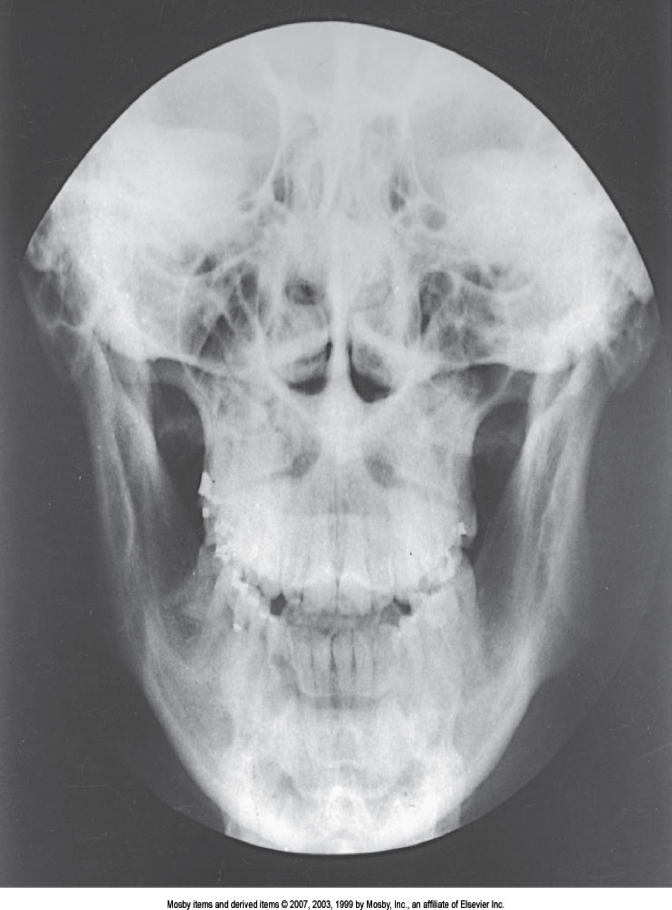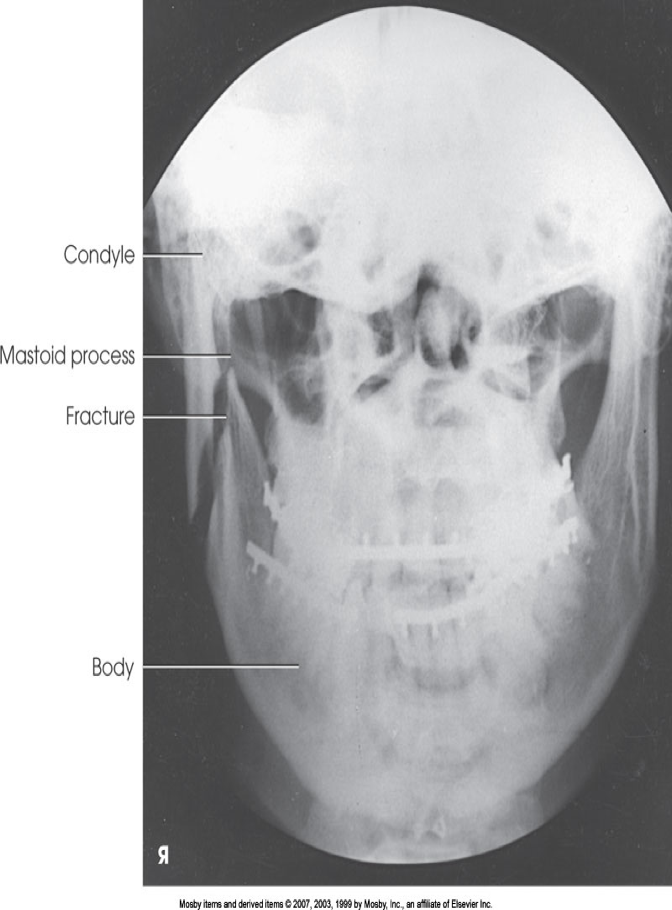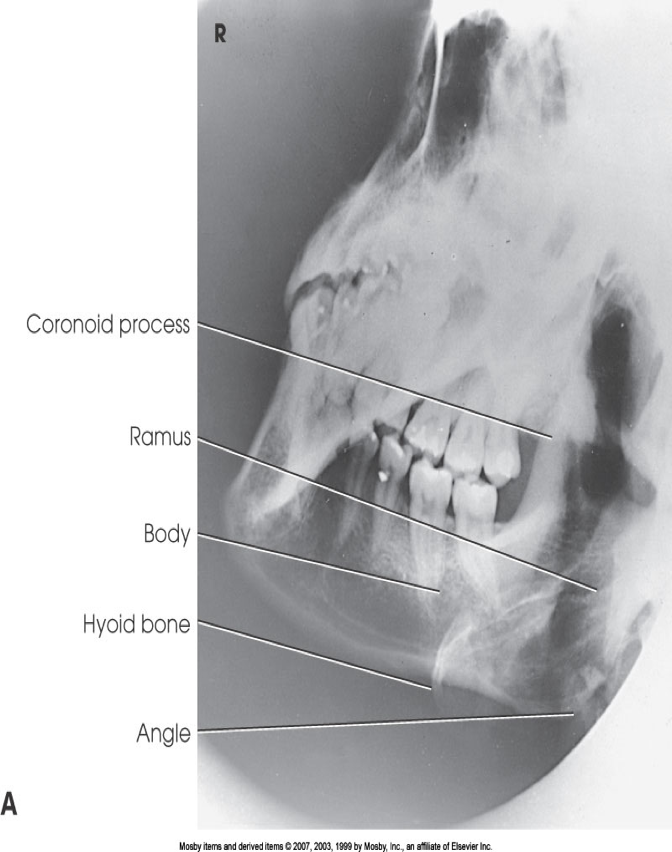Test 2 - Mandible Rami Projections
1/5
There's no tags or description
Looks like no tags are added yet.
Name | Mastery | Learn | Test | Matching | Spaced |
|---|
No study sessions yet.
6 Terms
What should you check before selecting which projections to do for mandible
First determine if injury is on ramus or body, since they are almost right angles from each other, routines will vary
How many possibilities are there for rami
2 Projections
PA and PA axial

PA Axial Projection
Usually done upright
Rest patient’s forehead and nose on IR,
(OML perpendicular)MSP centered
CR is 20 to 25 degrees cephalic to exit acanthion
it will elongate the rami and “open” them up (PA Axial)
Evaluation Criteria:
Shows body and rami, but body of mandible not well seen because of spine.
Still see medial vs. lateral displacement
Include entire mandible with no rotation
What are some other possibilities for rami and body
Axiolateral projections
SMV projection
AP axial projection (Towne)

PA Projection
Usually done upright
Rest patient’s forehead and nose on IR,
(OML perpendicular)MSP centered
CR perpendicular to exit acanthion
Evaluation Criteria:
Shows mandibular rami and body, but the central part of the body is not well seen because of superimposed spine.
Demonstrates any medial or lateral displacements of fracture fragments in the rami

Lateral
Put head in a true lateral and extend neck so the mandibular body is parallel with the IR
head stays true lateral
Angle CR 25 degrees cephalad
CR passes through mandibular region of interest
(Merrill’s says to oblique the patient to avoid shoulders)
Evaluation Criteria:
body of mandible from symphysis to TMJ with no overlap of opposite side or by c-spine